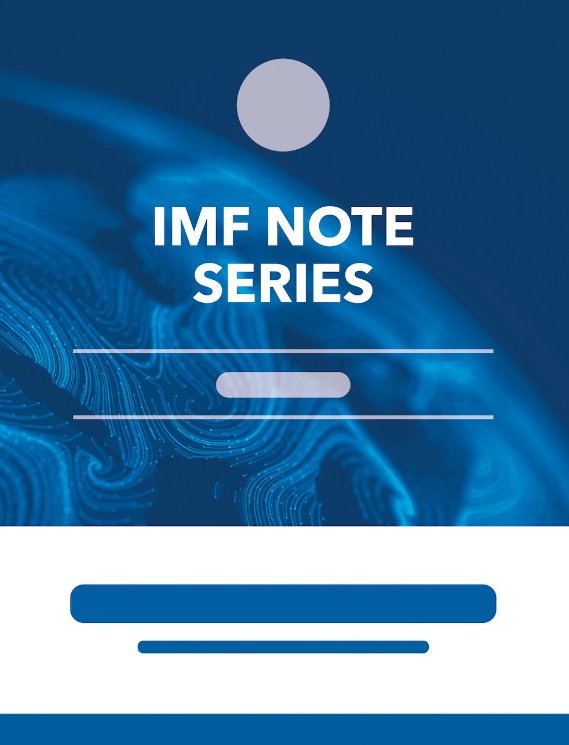Inflation Responses to Commodity Price Shocks: How and Why Do Countries Differ?
September 1, 2012
Disclaimer: This Working Paper should not be reported as representing the views of the IMF.The views expressed in this Working Paper are those of the author(s) and do not necessarily represent those of the IMF or IMF policy. Working Papers describe research in progress by the author(s) and are published to elicit comments and to further debate
Summary
This paper relates the inflationary impact of commodity price shocks across countries to a broad range of structural characteristics and policy frameworks over the period 2001-2010, using several approaches. The analysis suggests that economies with higher food shares in CPI baskets, fuel intensities, and pre-existing inflation levels were more prone to experience sustained inflationary effects from commodity price shocks. Countries with more independent central banks and higher governance scores seem to have contained the impact of these shocks better. The effect of the presence of inflation targeting regimes, however, appears very modest and not evident during the 2008 food price shock.The evidence suggests that trade openness, financial development, dollarization, and labor market flexibility do not significantly influence the way in which domestic inflation responds to international commodity price shocks.
Subject: Commodity price shocks, Commodity prices, Inflation, Inflation targeting, Output gap
Keywords: headline inflation, WP
Pages:
32
Volume:
2012
DOI:
Issue:
225
Series:
Working Paper No. 2012/225
Stock No:
WPIEA2012225
ISBN:
9781475510249
ISSN:
1018-5941





